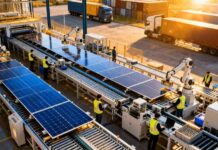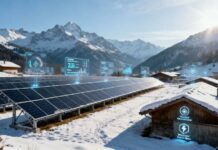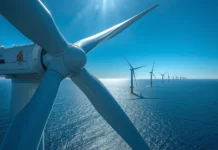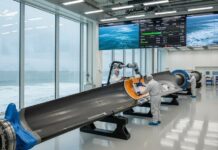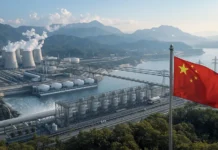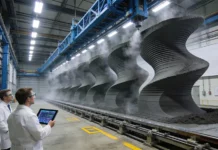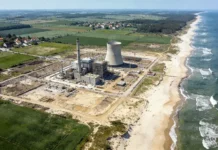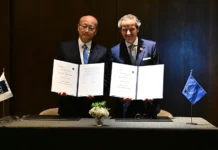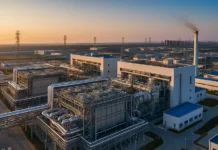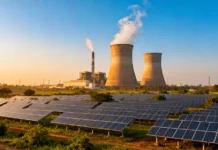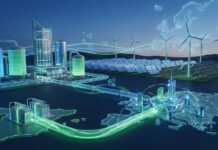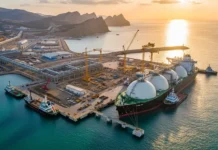Solar power is one of the most significant sources of renewable energy. Over the past several decades, silicon photovoltaic (PV) panels have been the dominant element, driving down costs and making clean energy accessible. New innovations to further optimise space needs, improve efficiency, and tackle heat loss are coming up in the market. One such innovation, which seems very promising for the advancement of solar power generation, is the use of Micro CPV panels.
Micro concentrator photovoltaic (micro CPV) panel systems consist of miniaturised, high-efficiency photovoltaic cells and precision optics that concentrate sunlight with exceptional accuracy. They have the potential to generate much more electricity per unit area than traditional PV, using less raw material. In areas with intense, direct sunlight, their performance benefit is particularly large. With all the advantages that it comes with, Micro CPV is not just another incremental step; it can potentially revamp the economics and efficiency of solar power.
Improved Energy Efficiency
The characteristic advantage of micro CPV technology lies in its capability to convert sunlight into electricity at unprecedented rates. In contrast to traditional flat-plate PV panels, which collect light from a large surface area, micro CPV solar panels utilise optical components like lenses or mirrors to focus sunlight onto tiny, highly efficient cells. The concentration can be several hundred times the intensity of natural sunlight.
Because the cells are small, they can be constructed from high-tech material like gallium arsenide, which provides conversion efficiency higher than 40%. In comparison, even top-of-the-line commercial silicon panels don’t exceed 22%. This makes a huge difference in the power generation potential of solar power plants.
The design of the multi-junction cell is key in this regard. Through stacking multiple layers of semiconductor materials, each of which is designed to capture a distinct section of the solar spectrum, these cells are able to capture and convert a broader spectrum of photon energies. Energy that would go unused or be lost as heat is converted to useful electricity. In high-direct-normal-irradiance (DNI) areas, this translates to much more output from a given surface footprint.
Compact Design and Scalability
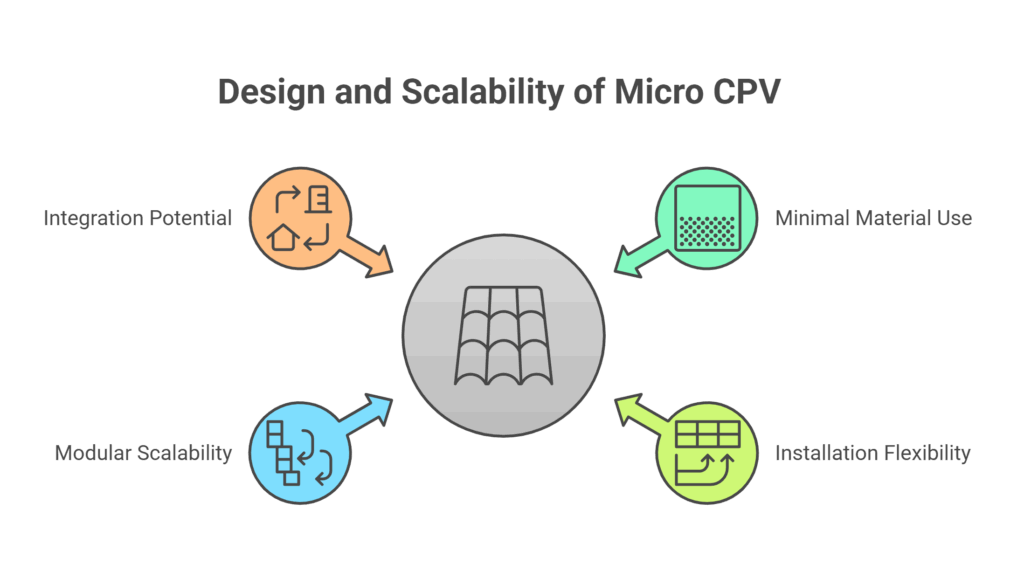
- Micro-scale cells need minimal active material, permitting lightweight, flexible panel designs.
- Installation flexibility allows use on rooftops, urban facades, mobile platforms, and remote field stations.
- Modular designs allow scaling from small residential systems to utility-scale installations.
- Integration potential with current structures decreases the demand for extensive new infrastructure.
This flexibility is one reason the micro CPV solar panel is capable of such a wide range of applications. The technology is not limited to industrial arrays or large solar farms but can be used equally well in hybrid or portable systems where efficiency and space are most important.
Cost-Effectiveness and Environmental Benefits
Micro CPV panels have a higher initial cost. Production of precision optics, the use of multi-junction cells, and the engineering needed for the sun-tracking systems all add to the costs of production initially. But the math is different when viewed in the context of long-term energy production.
Since these panels generate more electricity per square of space, the levelised cost of electricity (LCOE), a measure that averages total lifetime expenses against total output of energy, can be considerably lower in favourable climates. This is particularly so in high-DNI regions where the efficiency benefit is maximised.
Improvements in automated assembly and high-precision manufacturing have already started to drive down the cost of production. In the next few years, economies of scale and supply chain improvements should close the price gap with traditional PV. At that point, the choice will depend more on performance than cost.
One of the lesser-known advantages of micro CPV technology is found in its environmental footprint. Greater efficiency translates into lower space requirements for generating the same amount of power. The end result is reduced land disruption and natural habitat preservation that could otherwise be affected by large-scale solar farms.
In addition, micro CPV solar panels consume less raw semiconductor material per watt of electricity generated. A conventional silicon panel requires a large surface area of processed silicon wafers; in micro CPV, the high-performance cells take up only a small fraction of that area. Less mining, less processing, and minimal waste result in a smaller environmental footprint during the system’s lifetime.
Optimized for High-Sunlight Regions
The performance of micro CPV solar panels depends heavily on direct sunlight. This makes it highly beneficial in dry, sunny environments like deserts, where clear skies and low atmospheric scattering optimise DNI. In these environments, conventional panels tend to experience heat-induced efficiency loss, while micro-CPV designs, designed around minute cells and efficient thermal management, retain higher output.
Tracking systems are integral to this advantage. When the angle of the panels is changed during the day, the optics keep sunlight concentrated on the cells for maximum output. This mechanical aspect does add complexity, but in high-sunlight conditions, the benefit in energy production is usually worth the extra maintenance needs.
Micro CPV is a demonstration of material science and optical engineering innovation. Gallium arsenide and compounds are the basis for most designs and have been highly prized for their performance in aerospace applications for years. They were previously too costly to be used in mass production, but concentration technology allows them to be used by reducing the active cell area drastically.
Researchers are also studying hybrid systems, where CPV is combined with thermal energy harvesting. Concentrated light generates both electricity and usable heat in such systems, enhancing overall system efficiency. Hybrid solutions could be used in industrial applications, desalination, or combined heat and power (CHP) systems.
Durability and Energy Storage Integration
Longevity is an important consideration for any solar technology, and micro CPV solar panels are designed to last. The compact cell size minimises thermal stress, one of the major causes of degradation in PV materials. Sealing and dust-resistant optics ensure endurance in harsh environments. Field testing in hot, dusty climates has demonstrated that micro CPV panels can maintain high efficiency for decades. That reliability enhances the business case for deployment, especially where maintenance access will be constrained.
The high output of micro CPV panels complements the modern battery storage systems. Surplus power delivered during peak sunshine hours can be stored and supplied when required, providing a continuous supply even after dark.
For off-grid applications, this hybrid arrangement could be revolutionary. Remote communities, research stations, or emergency response units can operate independently without relying on diesel generators, saving fuel expense and emissions. Micro CPV units’ portability makes them particularly well suited for such applications.
Conclusion
Public policy tends to be the link between promising technology and widespread adoption. A number of governments have seen the potential for CPV systems and have provided incentives like research grants, tax credits, and demonstration projects.
The United States’ Department of Energy has supported CPV research under its solar programmes. Pilot installations in the Mediterranean have been funded by the European Union, and Middle Eastern countries have tried the technology in desert climates. These moves complement wider decarbonisation policies, making micro CPV a useful addition to the world’s energy mix.
Micro CPV solar panel technology represents a decisive step forward in photovoltaic performance and application flexibility. By pairing advanced optics with multi-junction cells, it breaks through the efficiency limits that constrain conventional modules. Its compact, modular design allows integration across diverse settings, from dense urban rooftops to isolated field stations.
While initial costs remain higher than those of mainstream solar, the balance tilts over time, particularly in sunny climates where output gains are maximised. Environmental benefits, durability, and compatibility with storage solutions further reinforce its value. As global policy frameworks and market forces continue to favour high-efficiency, low-footprint energy systems, micro CPV stands positioned not as a niche alternative but as a core contributor to the next phase of solar advancement.




